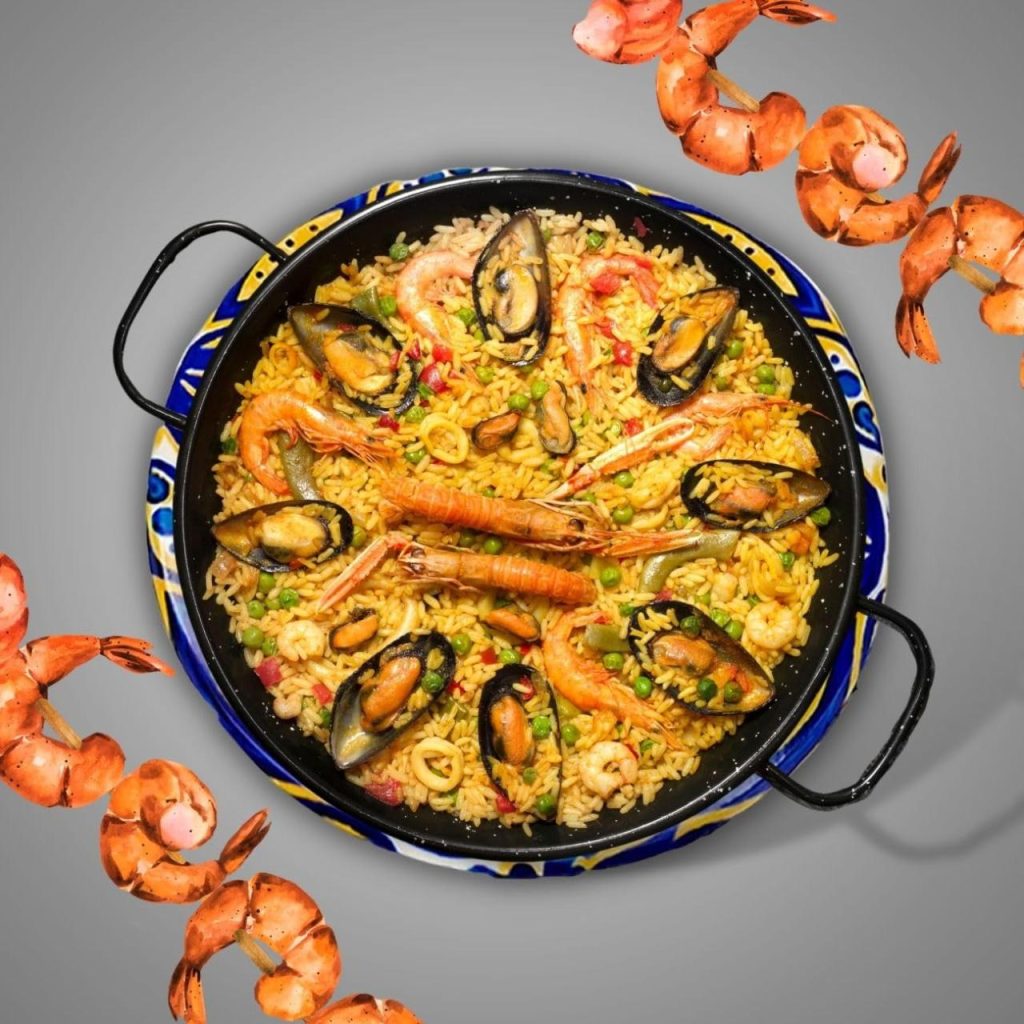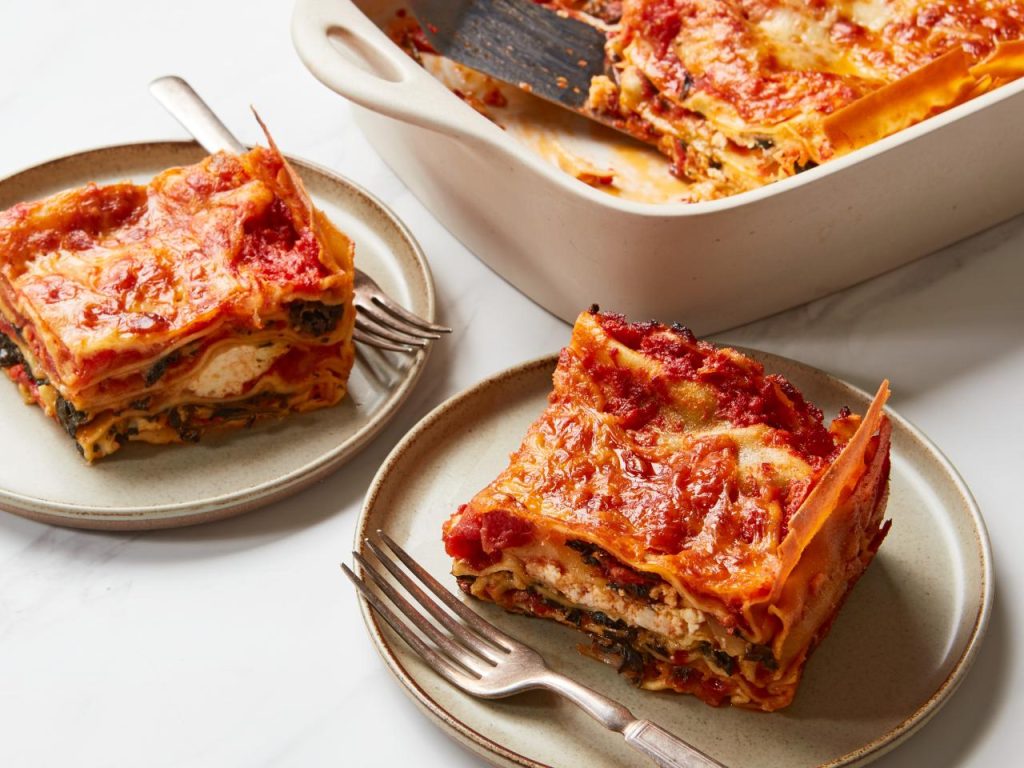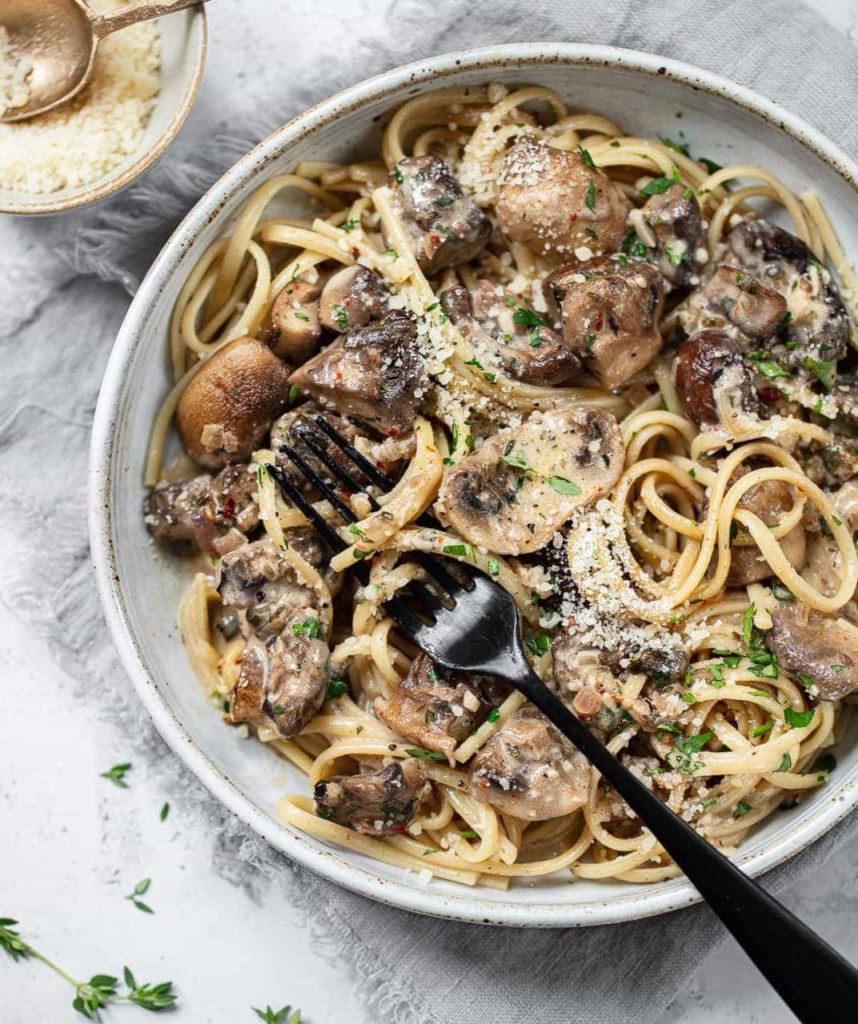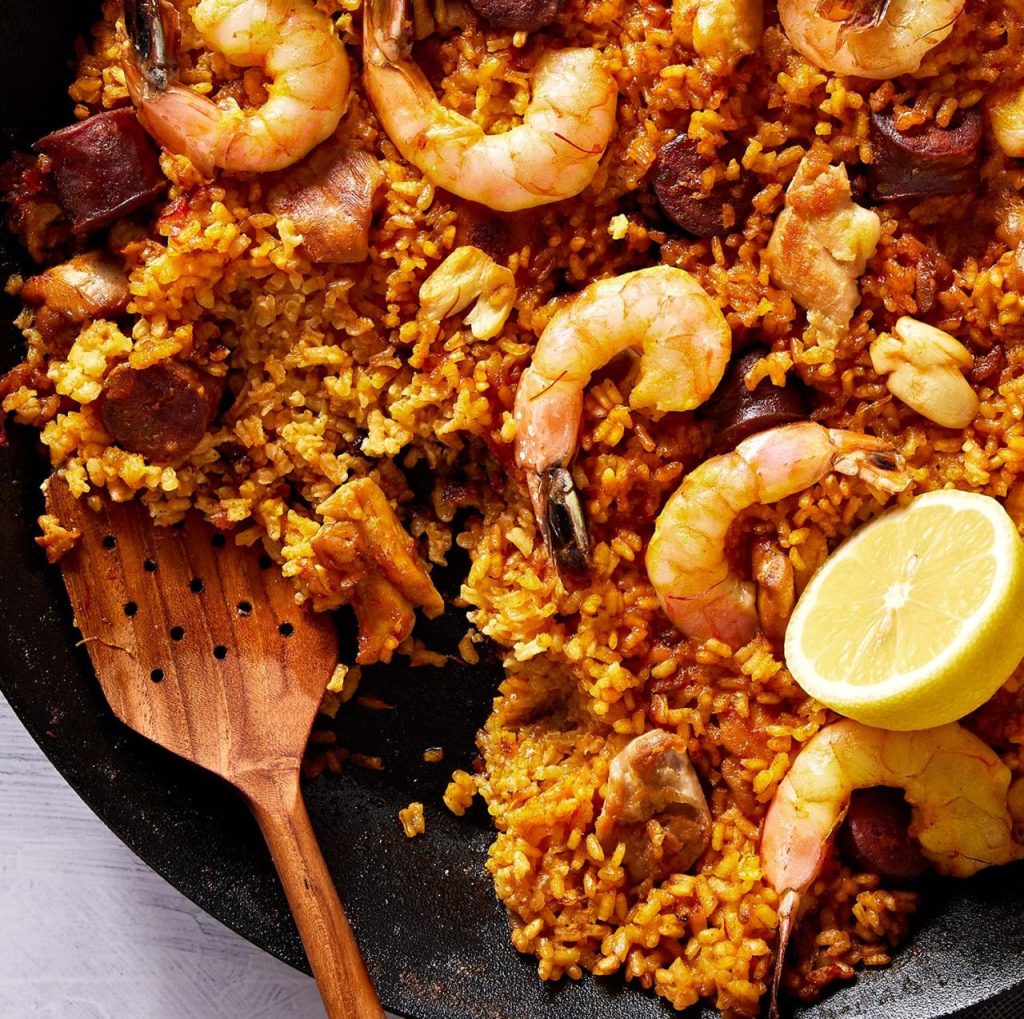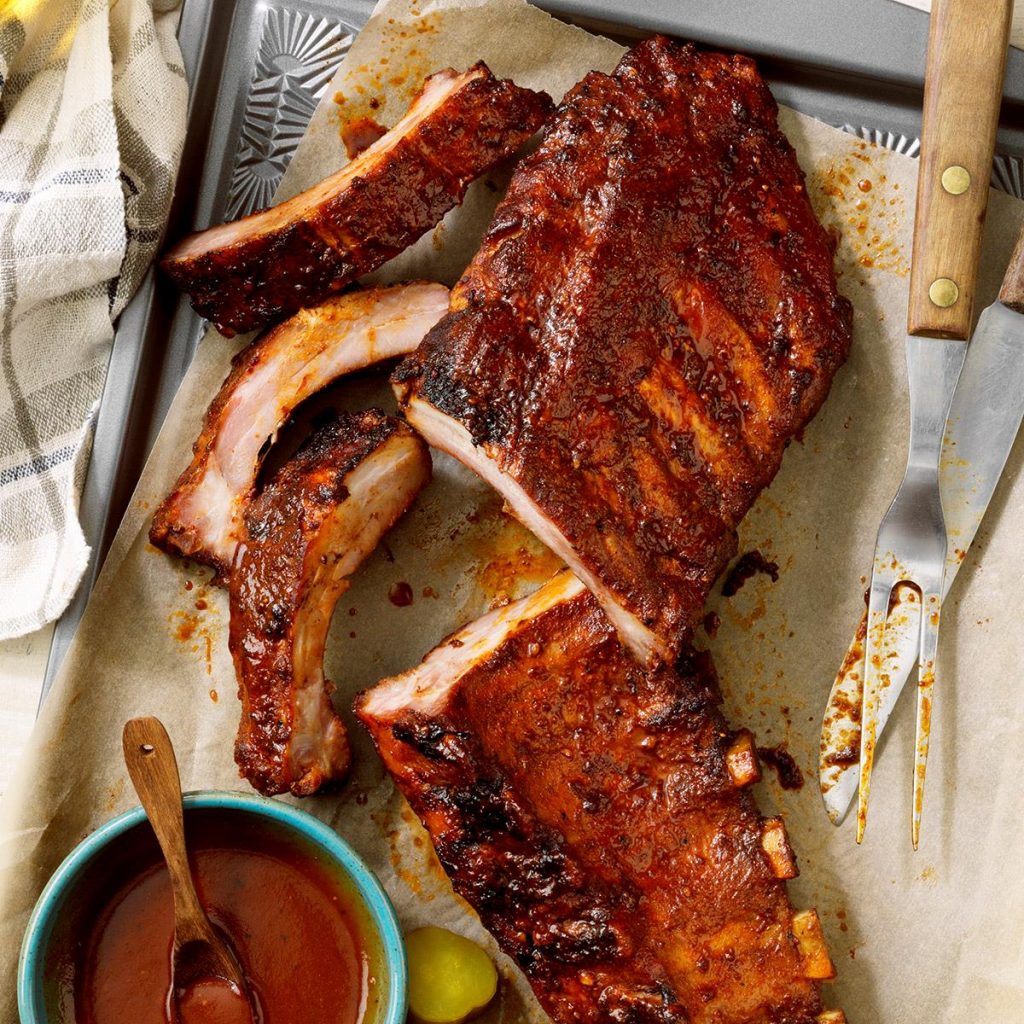Welcome to our comprehensive guide to mastering the art of barbecue, specifically focusing on one of the most beloved dishes: spareribs. Whether you’re a seasoned barbecue enthusiast or a home cook looking to elevate your grilling game, this blog is for you. In this guide, we will delve into the basics of cooking BBQ pork spare ribs, comparing the oven baked and charcoal grilled methods. We will explore the secrets to achieving slow and tender ribs, as well as the perfect seasoning and saucing techniques. Additionally, we will discuss different cooking methods, from using a smoker to utilizing your oven. Get ready to embark on a mouthwatering journey as we uncover the secrets to creating the most delicious and succulent spareribs.
The Basics of BBQ Pork Spare Ribs: Oven Baked vs. Charcoal Grilled

When it comes to cooking BBQ pork spare ribs, there are two popular methods: oven baking and charcoal grilling. Both methods can yield delicious results when using the 3-2-1 method, which guarantees tender, fall-off-the-bone ribs.
The 3-2-1 method involves three sets of cooking times. First, you smoke the ribs as normal for three hours. This allows the meat to soak in smoke and develop a rich flavor. Then, you cook the ribs wrapped in foil for two hours. This steams the meat, loosening it from the bone and making it tender. Finally, you finish the ribs for one more hour unwrapped, allowing them to form a crispy surface crust.
When it comes to the internal temperature of ribs, it’s important to note that ribs contain a lot of collagen and fat, which require longer cooking at low temperatures to soften and create the desired tenderness. While the safe internal temperature for pork is 145°F, ribs should be cooked to a final internal temperature of 190 to 200°F. To check the doneness of the ribs, simply wiggle one of the rib bones. If it’s loose and the ribs come apart easily, they are done.
The great thing about the 3-2-1 method is that it requires minimal extra supplies or equipment. All you need are the ribs, your favorite seasoning rub, aluminum foil, a barbecue sauce if desired, and your smoker or charcoal grill. Whether you choose to oven bake or charcoal grill the ribs is a personal preference. Both methods can yield delicious results as long as you follow the 3-2-1 method.
To enhance the flavor of the ribs, you can use your favorite seasoning rub and baste them with barbecue sauce during the cooking process. This will add a delicious layer of flavor to the ribs.
Slow and Tender: Mastering the Art of Slow Cooking Spare Ribs
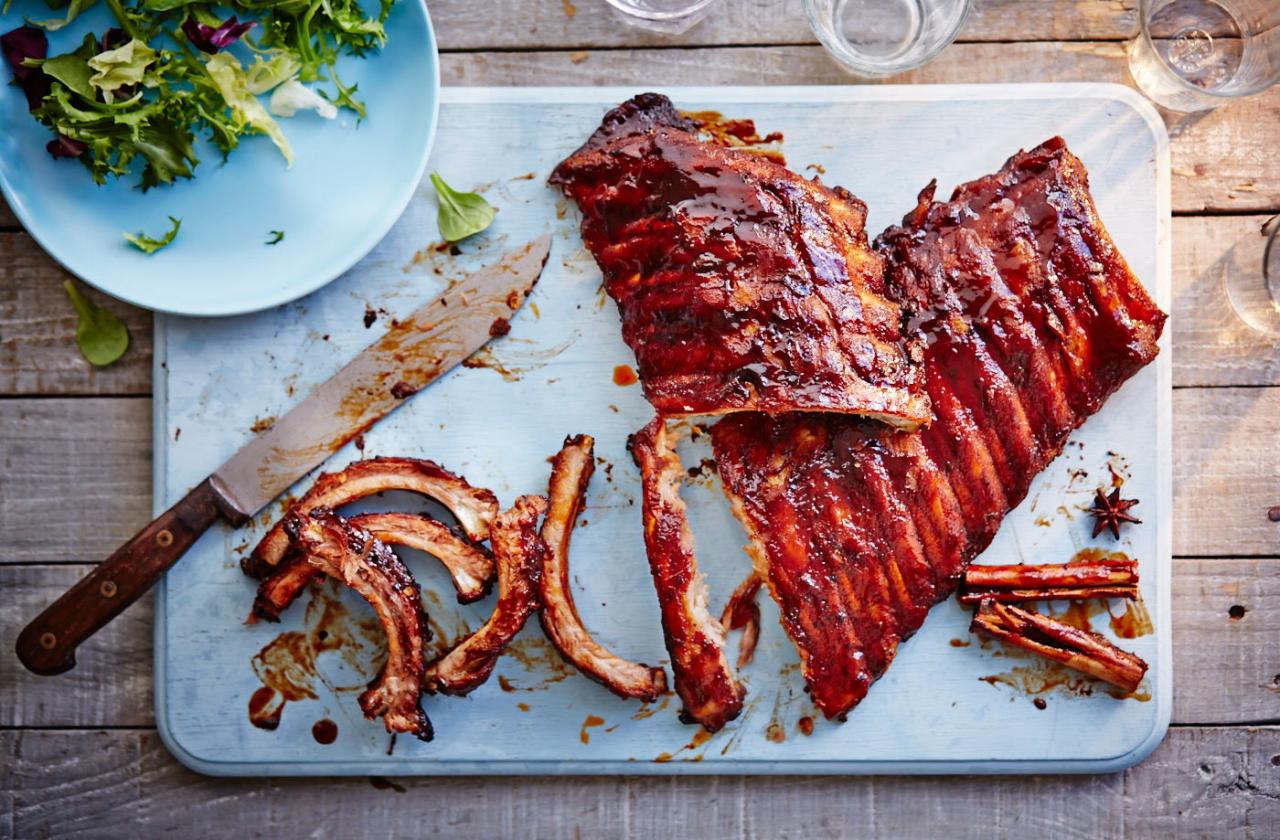
Slow cooking spare ribs in a crock pot is a surefire way to achieve tender and succulent meat that falls off the bone. The slow cooking method allows the flavors to meld together, resulting in maximum deliciousness.
When it comes to choosing the type of ribs, both baby back ribs and spare ribs are great options for cooking in a crock pot. Baby back ribs are smaller and leaner, while spare ribs have more meat and fat. Whichever you choose, the end result will be delicious.
To prepare the ribs, it’s important to remove the thin membrane from the back. This allows for better flavor penetration. Simply use a knife to loosen one edge of the membrane, then grab it with a paper towel and pull it off.
Seasoning the ribs is key to enhancing the taste. Before placing them in the crock pot, generously season them with your favorite rub or spices. A combination of salt, black pepper, garlic powder, paprika, and brown sugar is always a crowd-pleaser. Rub the seasoning mixture onto both sides of the ribs, ensuring an even coating.
To set the stage in the crock pot, place a thinly sliced onion at the bottom. The onions will add flavor and help keep the ribs moist during the cooking process. Carefully place the seasoned ribs on top of the onion bed, bone side down. This allows for even heat distribution and prevents the meat from sticking to the bottom.
Choosing the right liquid is crucial for ensuring tender and juicy ribs. Experiment with different flavors by using liquids such as broth, barbecue sauce, or apple cider vinegar. The liquid will infuse the ribs with flavor as they cook.
Cook the ribs on low heat for several hours to allow them to become tender and fall off the bone. Basting the ribs with sauce during the cooking process adds extra flavor. For a crispy and caramelized exterior, finish the ribs under the broiler or on the grill.
Before serving, don’t forget to let the ribs rest. This allows the juices to redistribute, resulting in even more flavorful and succulent meat. Now that you’ve mastered the art of slow cooking spare ribs, it’s time to enjoy your delicious creation!
The Perfect Seasoning and Saucing Techniques for BBQ Spare Ribs

Now that we’ve covered the perfect seasoning and saucing techniques for BBQ spare ribs, let’s dive into the details. Different seasoning and saucing techniques can greatly enhance the flavor of BBQ spare ribs, taking them from good to absolutely mouthwatering.
The key to achieving the perfect flavor profile lies in knowing the right combination of spices and sauces. Experimenting with different seasonings and sauces can help you find your own unique and delicious flavor for BBQ spare ribs. Whether you prefer a tangy and sweet sauce or a spicy and smoky rub, there are endless possibilities to explore.
It’s important to note that seasoning and saucing techniques can vary based on personal preference and regional BBQ styles. Some regions may favor a dry rub, while others may prioritize a thick and sticky barbecue sauce. It’s all about finding what suits your taste buds and satisfies your cravings.
When it comes to seasoning and saucing, balance is key. You want to ensure that all the flavors work together harmoniously to create a well-rounded and delicious BBQ spare rib. Properly marinating and basting your ribs can help infuse them with flavor and keep them moist and tender throughout the cooking process.
Don’t be afraid to get creative with your seasonings and sauces. Adding a special ingredient or trying out a unique flavor combination can make your BBQ spare ribs truly stand out. Remember, the goal is to make them both delicious and memorable.
Throughout the cooking process, it’s important to taste and adjust your seasonings and sauces as you go. This will ensure that you achieve the perfect balance of flavors and end up with ribs that are a true crowd-pleaser.
With the right combination of seasonings and sauces, your BBQ spare ribs will be the star of any cookout or BBQ event. So, get out there, fire up the grill or preheat the oven, and let your creativity shine as you prepare the most delicious BBQ spare ribs you’ve ever tasted.
From Smoker to Oven: Exploring Different Cooking Methods for Spareribs
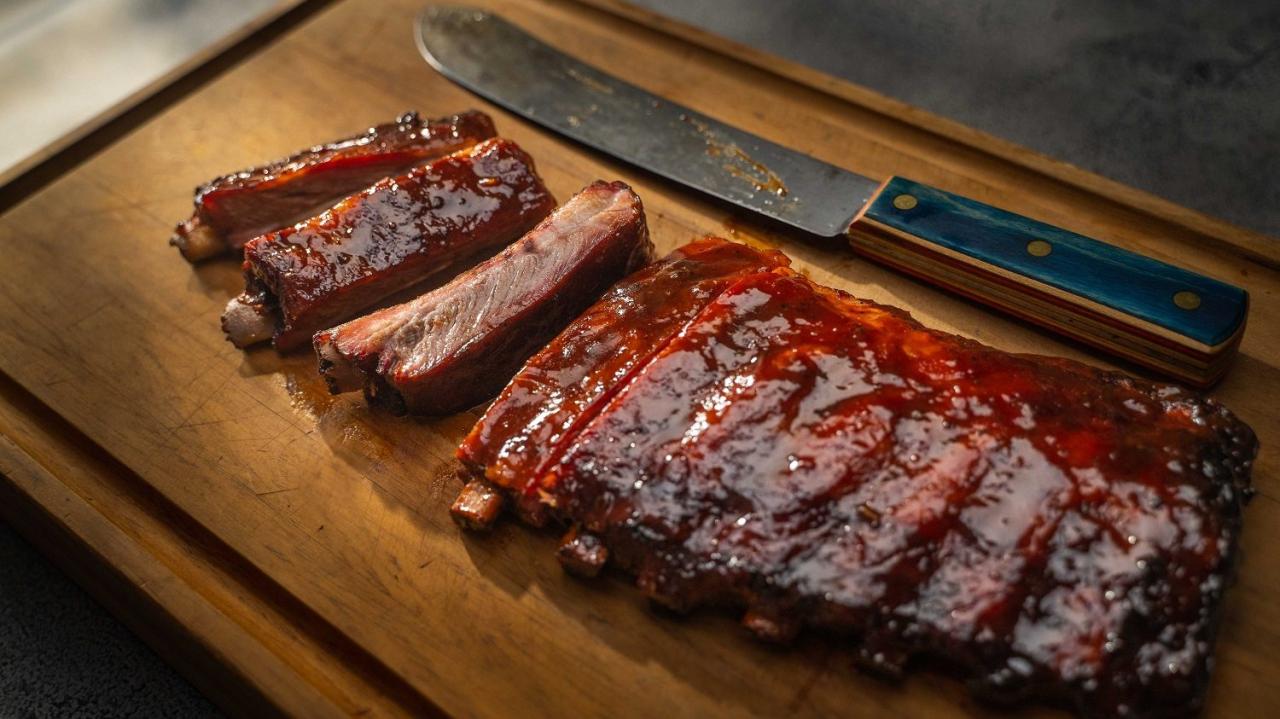
If you’re a barbecue enthusiast or a home cook looking to explore different cooking methods for spareribs, you’re in for a treat. In the previous section, we discussed the traditional method of smoking spareribs and the unique flavors and textures it can create. Now, let’s dive into another popular cooking method: the oven.
Cooking spareribs in the oven offers its own set of advantages and can result in a delicious and satisfying meal. One of the benefits of oven cooking is the ability to achieve a crispy exterior while maintaining a tender and juicy interior. This cooking method is perfect for those who prefer a slightly different texture and flavor profile compared to smoked ribs.
When cooking spareribs in the oven, it’s important to consider the techniques and equipment you have available. While the process may differ slightly from smoking, the end result can be just as mouthwatering. Experimenting with different cooking methods allows you to find your preferred flavor and texture for spareribs.
To achieve those mouthwatering oven-baked spareribs, you’ll need to season them with your favorite spice rub and coat them with a sticky barbecue sauce. You can also choose to wrap the ribs in foil during cooking for added tenderness. Cooking at a moderate temperature with indirect heat is key to ensuring that the meat remains tender and flavorful.
A foolproof recipe for oven-baked spareribs involves cooking them for approximately 1 hour to 1 hour and 15 minutes, or until the internal temperature reaches 180°F. This cooking time may vary depending on the thickness of the ribs and your desired level of doneness.
By exploring different cooking methods for spareribs, such as smoking and oven cooking, you can add variety to your recipes and keep things interesting in the kitchen. Whether you’re a fan of the smoky flavor from the grill or the crispy texture from the oven, there’s a cooking method that will suit your taste preferences.
In the next section, we’ll continue our exploration of different cooking methods and discuss how to serve spareribs and answer some common barbecue FAQs. So, stay tuned and get ready to elevate your sparerib game!
In Conclusion
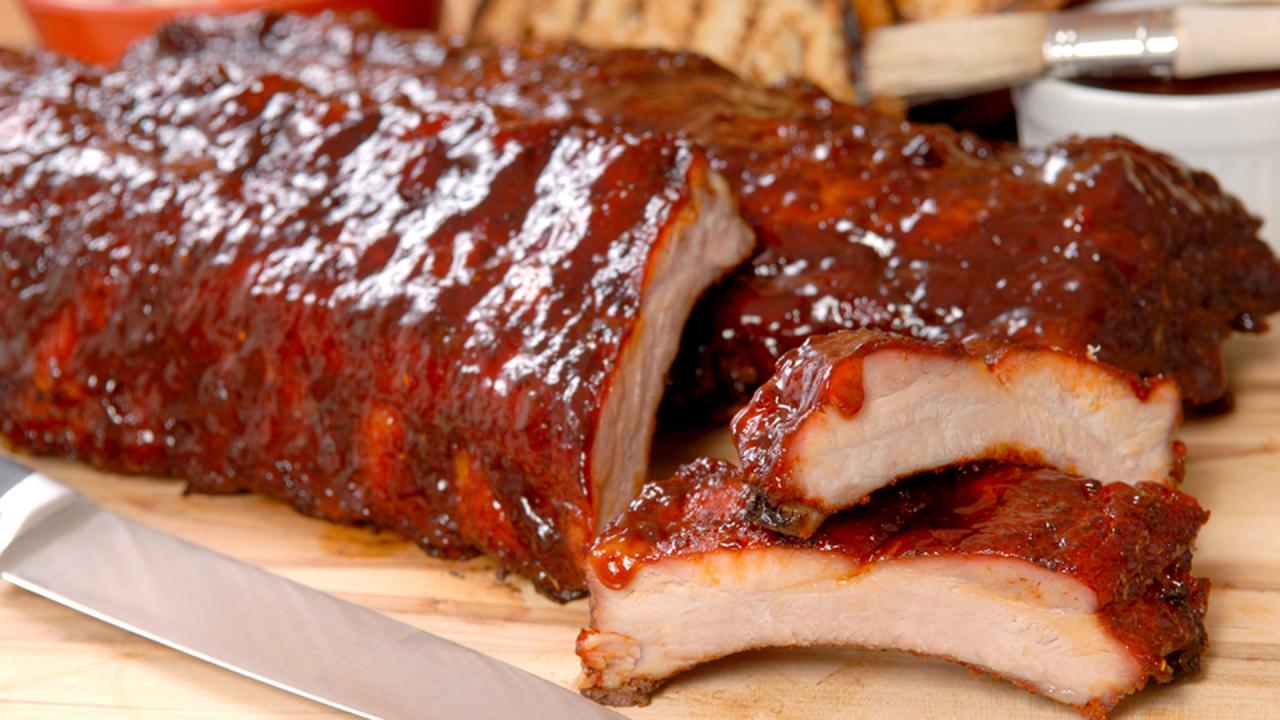
As we conclude our comprehensive guide to mastering the art of barbecue and cooking the perfect spareribs, we hope that you have gained valuable insights and techniques to elevate your grilling game. Whether you choose to oven bake or charcoal grill your ribs, the key is slow and tender cooking to achieve that melt-in-your-mouth texture. Remember to experiment with different seasonings and sauces to find your perfect flavor profile. And don’t be afraid to explore different cooking methods, from using a smoker to utilizing your oven, to add variety to your barbecue repertoire. With practice and patience, you’ll soon be impressing your friends and family with your delicious and succulent spareribs. Happy grilling!

